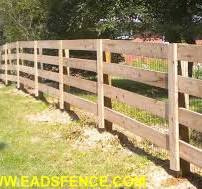So I bought a new farm, and the existing four board fencing has the fence boards on the wrong side of the posts (so that a horse pushing against the boards does not meet the resistance of the post–just a vertical facer board).
What us the most efficient way to remedy this?
–Have someone remove the existing boards, and try to put the same boards on the “correct” side of the posts?
–Leave the current boards on the “wrong” side, and add duplicative boards on the correct side, so that each post would have boards on both sides?
–Add a new row of fence (so that the paddocks are double fenced), with my new boards on the correct side of my new posts? (and leave the faulty current fence as-is, to be augmented by second row)
I can’t leave it as-is with a single row of fence–already today, boards + facer board popped off much easier than they should when there was a minor horse collision

